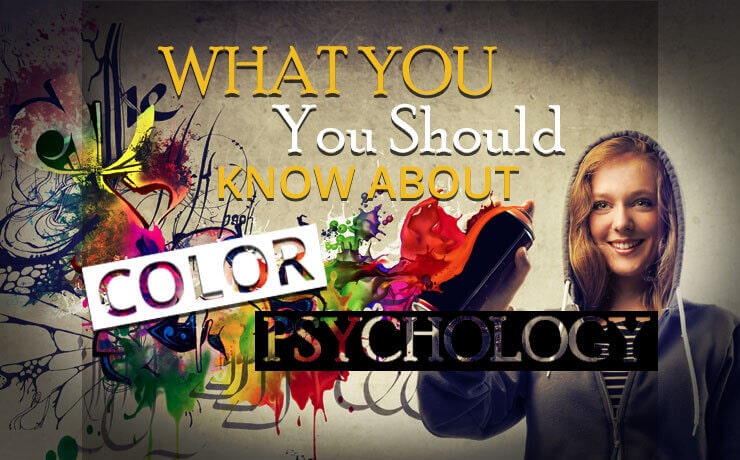What You Should Know About Color Psychology

Chad Faith
Director of Content

If you’re in the process of designing a website, then it’s crucial that you spend as much time as possible researching all the various aspects of good design. It’s not enough to simply create a layout based on what you think looks good; you need to understand the ‘user experience’, color theory, typography and much, much more.
That’s why you’re often better off getting a professional team to design your site instead – if you choose the right people, their services should pay off for themselves through the increased amount of business the site generates.
Color psychology is one area of design that often gets overlooked by those outside the industry but it’s a very important aspect of a well-designed site nevertheless. Read on then and we’ll look at what color psychology is, how it works and why it’s so important for your business.
What is Color Psychology?
Essentially, color psychology is psychology when it relates to color; meaning that it describes the way that color influences our behavior.
Did you know for instance, that the color red will instantly cause your heart rate to increase? Evolutionary theorists propose this is because it would have often indicated danger in the wild – in the form of snakes or fires for instance. The same is true for orange to a lesser extent, which is also considered to be a color that causes aggression.
Did you know that fast food chains often use a lot of red and orange in their décor in order to encourage customers to leave quicker? This increases turnover and thus frees up seats to allow for more profits taken in a day!
Conversely, the colors blue and green have been shown to reduce our heart rate and help us to feel relaxed.
What Has This Got to do With Web Design?
So how does this impact your web design?
Well, if you want to encourage action for instance, then you want to consider using red and orange colors. Go and look at some example sales landing pages and you’ll notice they use a lot of these colors – particularly in the ‘Buy Now!’ buttons.
Here’s an infographic on how colors impact conversions. If your site isn’t a landing page though, then you’ll want to stay away from colors that get people worked up and instead use more greens and blues. People like feeling calm and if you use these colors then you’re likely to see your bounce rate reduced.

Source: How Colors Affect Conversions – Infographic
Other Factors
There are many other factors to consider too though. For one, you need to think about what your choice of color is communicating, which will depend largely on the associations we hold about those colors. We think of black as being ‘premium’ for instance, whereas green suggests environmentalism.
Then there’s your branding to consider. What color is your logo? And will the colors that best affect the psychology of your visitors also go well with that? Then there’s what looks good generally to bear in mind. Finally, it’s important to understand which colors are most comfortable to read and how you can leverage contrast to this end as well as to direct attention.
Those are a lot of objectives you need to be thinking about with your color choices then. Fortunately, if you leave it to the web design pros, you can rely on us to handle it for you and just focus on reaping the benefits!
 Free
Consultation
Free
Consultation Free
Google Ads Audit
Free
Google Ads Audit







